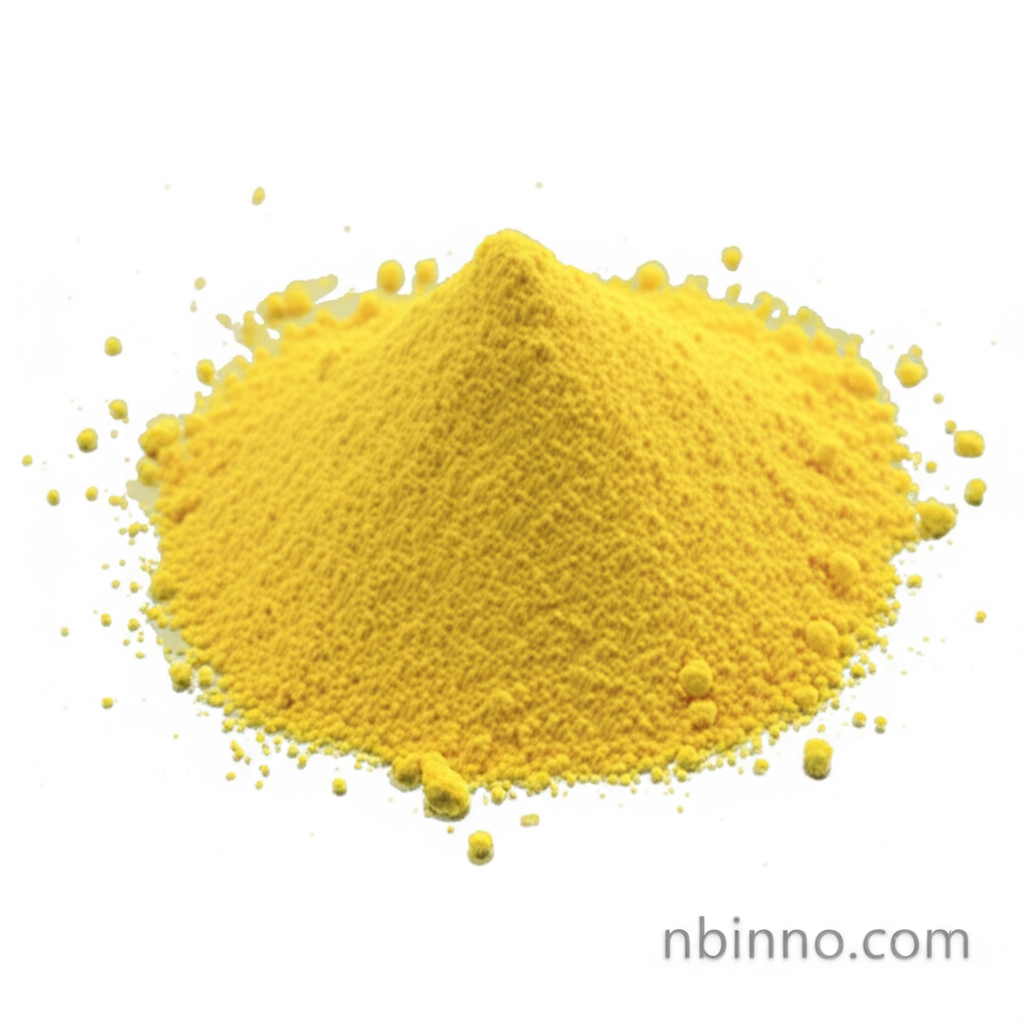High-Purity 3-Aminophenylboronic Acid for Advanced Synthesis
Your reliable partner for high-quality 3-aminophenylboronic acid, empowering pharmaceutical and organic chemistry innovations.
Get a Quote & SampleProduct Core Value

3-Aminophenylboronic acid
3-Aminophenylboronic acid (M-APBA) is a vital organic compound extensively used as a building block in organic synthesis, particularly in Suzuki reactions. Its precise chemical structure and high purity make it an indispensable component for developing novel pharmaceuticals and advanced materials.
- Discover the benefits of using 3-aminophenylboronic acid CAS 30418-59-8 for your Suzuki reaction needs. This compound is renowned for its efficacy in facilitating carbon-carbon bond formation.
- Leverage m-aminophenylboronic acid high purity for critical pharmaceutical raw intermediates, ensuring the quality and effectiveness of your final drug products.
- Explore its application as a versatile organic synthesis building block, enabling the creation of complex molecular structures with precision and reliability.
- Source essential boronic acid derivatives from trusted suppliers to guarantee consistent quality and timely delivery for your research and development projects.
Key Advantages of Using Our Product
Exceptional Purity
Our 3-aminophenylboronic acid boasts a minimum purity of 97%, crucial for demanding applications like pharmaceutical synthesis, aligning with the needs of pharmaceutical raw intermediates.
Suzuki Reaction Efficiency
As a key Suzuki reaction reagent, this compound facilitates efficient carbon-carbon coupling, a cornerstone of modern organic synthesis, making it a preferred choice for building complex molecules.
Research and Development Focus
Its versatility as an organic synthesis building block supports innovation in R&D, offering researchers a reliable material for exploring new chemical pathways and molecular designs.
Key Applications
Pharmaceutical Synthesis
Utilize this essential compound as a pharmaceutical raw intermediate for the synthesis of various active pharmaceutical ingredients (APIs), contributing to advancements in drug discovery and development.
Organic Synthesis
Employ it as a fundamental organic synthesis building block to construct complex organic molecules, enabling sophisticated chemical transformations.
Suzuki Coupling Reactions
Its effectiveness as a Suzuki reaction reagent makes it ideal for creating biaryl compounds and other complex structures in academic and industrial research.
Materials Science
Explore its potential in materials science for developing new functional materials and advanced polymers, leveraging its unique chemical properties.
